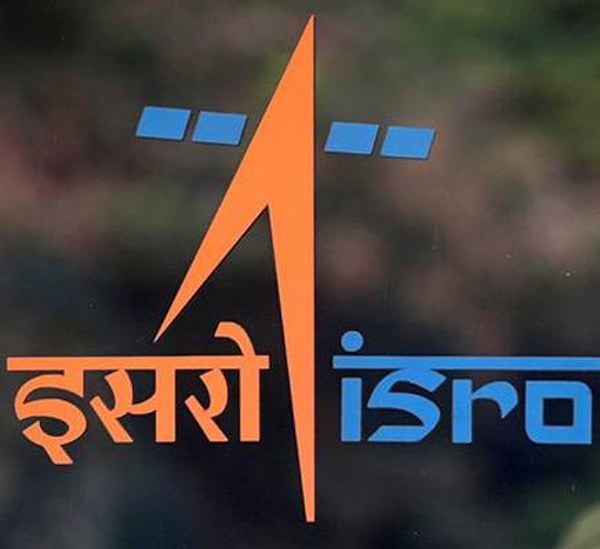The lunar orbiter of the Chandrayaan-2 mission, which was successfully deployed in 2019, was moved from its 100-km circular, polar orbit last month to avoid a close approach with NASA’s Lunar Reconnaissance Orbiter (LRO) near the north pole, Indian Space Research Organisation (Isro) said on Monday.
This was the first close approach manoeuver that ISRO has undertaken for a space exploration mission. ISRO closely monitors the space for debris and other satellites to avoid a collision. All such manoeuvres have so far been restricted to satellites orbiting the earth, the agency said.
Very close conjunction between the Indian and the US orbiters, both of which are in a polar orbit that crosses over both poles of the moon, was expected to occur on October 20 at 11.15am. At that time, the distance between the orbits of the two spacecraft would have been less than 100m. The satellites would have been at a distance of just about 3 km at the time of closest approach, Isro said. This was a very small distance for fast-moving satellites that travel several kilometres in a second.
Both Isro and NASA, the American space agency, realised that a manoeuver was needed to mitigate a collision. It was mutually agreed that the Chandrayaan-2 orbiter would be moved to ensure that there is a large separation during their next close conjunction.
The manoeuver was carried out on October 18 at 8.22pm. “After orbit determination of CH2O (Chandrayaan-2 Orbiter) with post-manoeuvre tracking data, it was reconfirmed that there would be no further close conjunctions with LRO in the near future with the achieved orbit,” Isro said in a statement.
The Chandrayaan-2 orbiter was said to have a mission life of seven years. It will be used for the upcoming Chandrayaan-3 mission that will carry only the lander and the rover. The lander rover aboard Chandrayaan 2 mission crash-landed on the lunar surface just 2.1 km from its destination on September 7, 2019. A successful soft-landing would have made India the fourth country after the US, Russia, and China to have successfully landed the celestial object. Israel’s Beresheet that attempted a soft landing also crashed into the lunar surface.
You may also like
-
New Heat-Based Approach To Cancer Treatment Can Reduce Chemotherapy Doses
-
Scientists Take A Major Step Towards Unification Of Classical & Quantum Gravity
-
India Graphene Engineering and Innovation Centre (IGEIC) Under the Vision of Viksit Bharat@2047 Launched
-
New High-Performance Gas Sensor can Monitor Low Level Nitrogen Oxides Pollution
-
Antidepressant Drug can be Repurposed for Treating Breast Cancer
